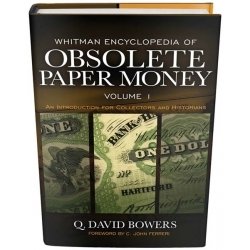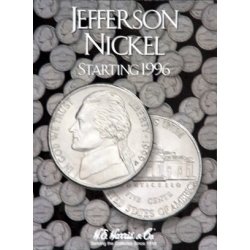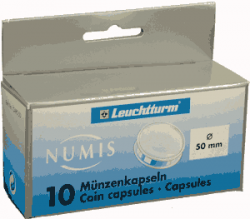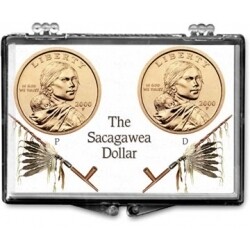Whitman Encyclopedia of Obsolete Paper Money, Volume 1
The Whitman Encyclopedia of Obsolete Paper Money is a multiple-volume study of currency issued from 1782 to 1866, before the modern era of National Banks and the Federal Reserve. Over the course of these decades more than 3,000 state-chartered banks issued their own paper money.
In this magisterial set of standard references, the “Dean of American Numismatics,” Q. David Bowers, has compiled decades of research from 18th- and 19th-century bank reports, contemporary newspapers, and other primary sources. He gives the history of every state, every town and city, and every bank that issued this uniquely American currency. Each note is studied, and thousands are pictured in full color, with information on grading, rarity, values, significant auction results, advice for collectors, and more.
The Whitman Encyclopedia of Obsolete Paper Money is a project of grand scope, a gathering of stories about our nation—from small town to big city, from the early days following the Revolution to the tribulations of the Civil War. It paints a beautifully detailed landscape of America and its early money.
Volume 1 is the beginning of the journey: an introduction to obsolete paper money and an overview of the hobby. Volume 1 topics include:
- Collecting and enjoying obsolete bank notes
- The anatomy of a bank note
- Banks and notes, 1782–1866
- Bank-note engravers and printers
- A study of vignettes and ornaments
- Counterfeit, spurious, and altered notes
- Glossary
- Bibliography
- Detailed index
More than 700 images. Hardcover. Printed in full color.
Binding: Hardcover
Edition: 1st
Publication Date: July 8, 2014
Size: 8.75x11
Pages: 280







